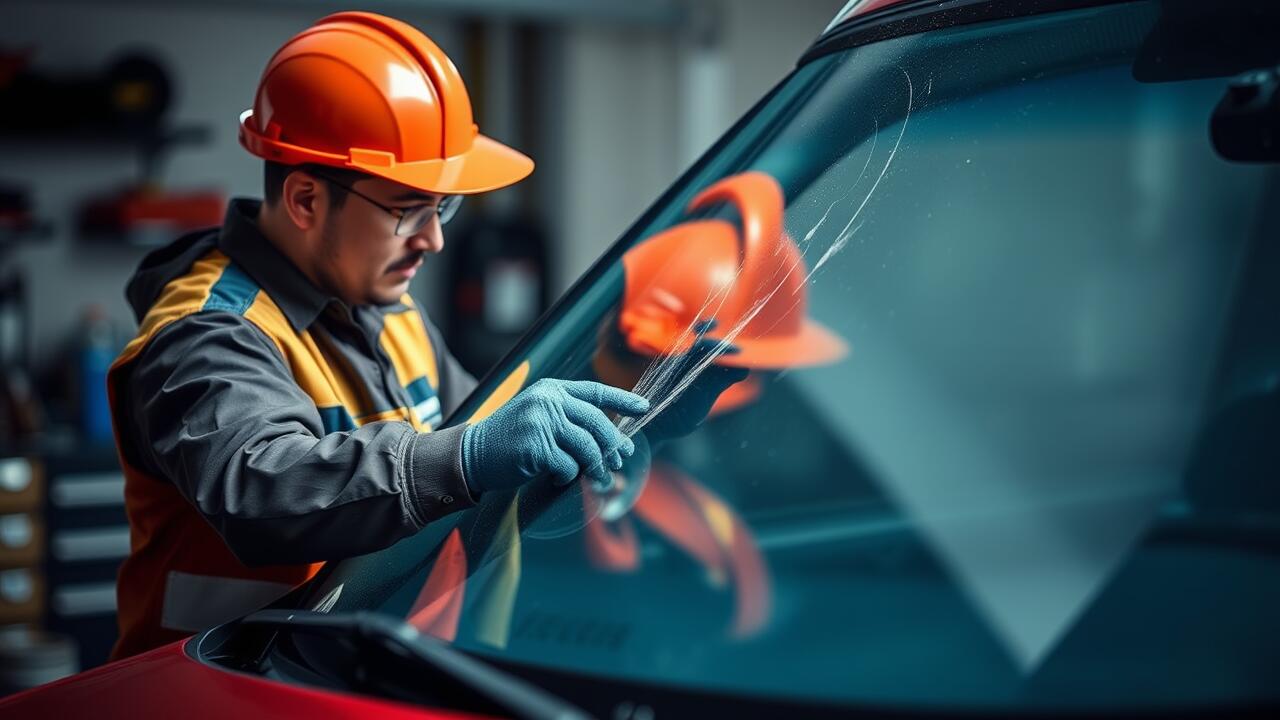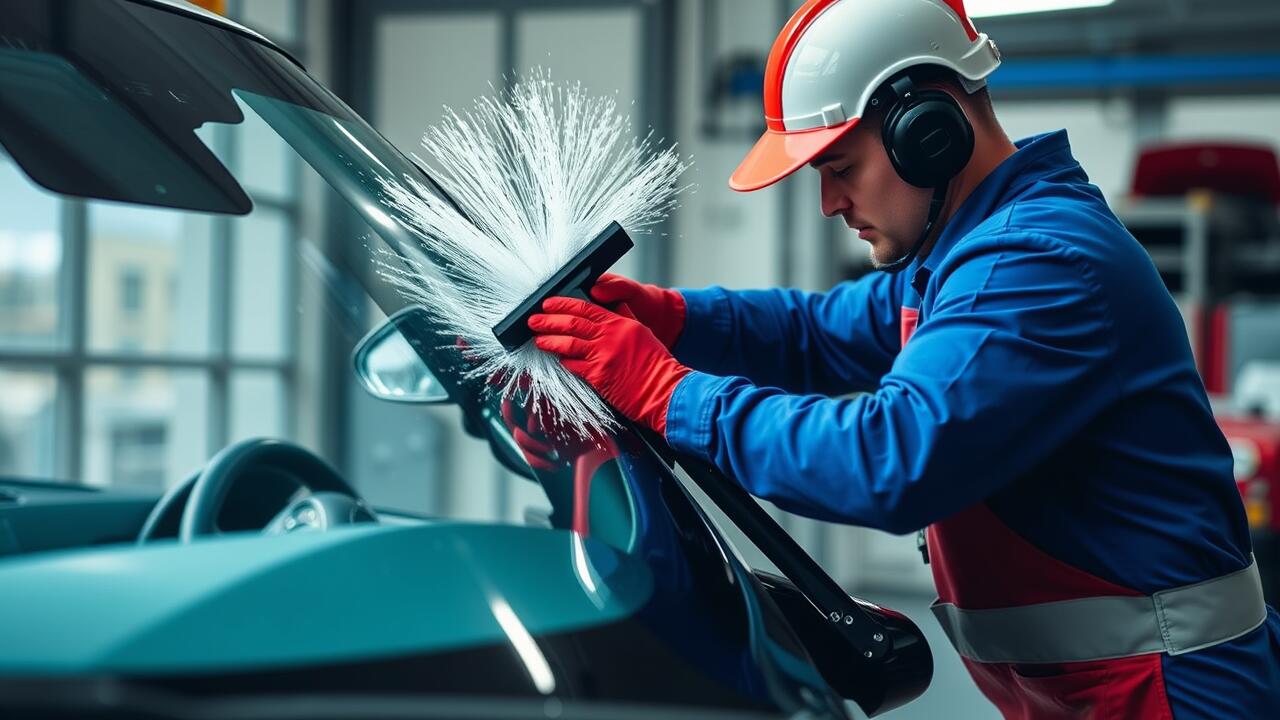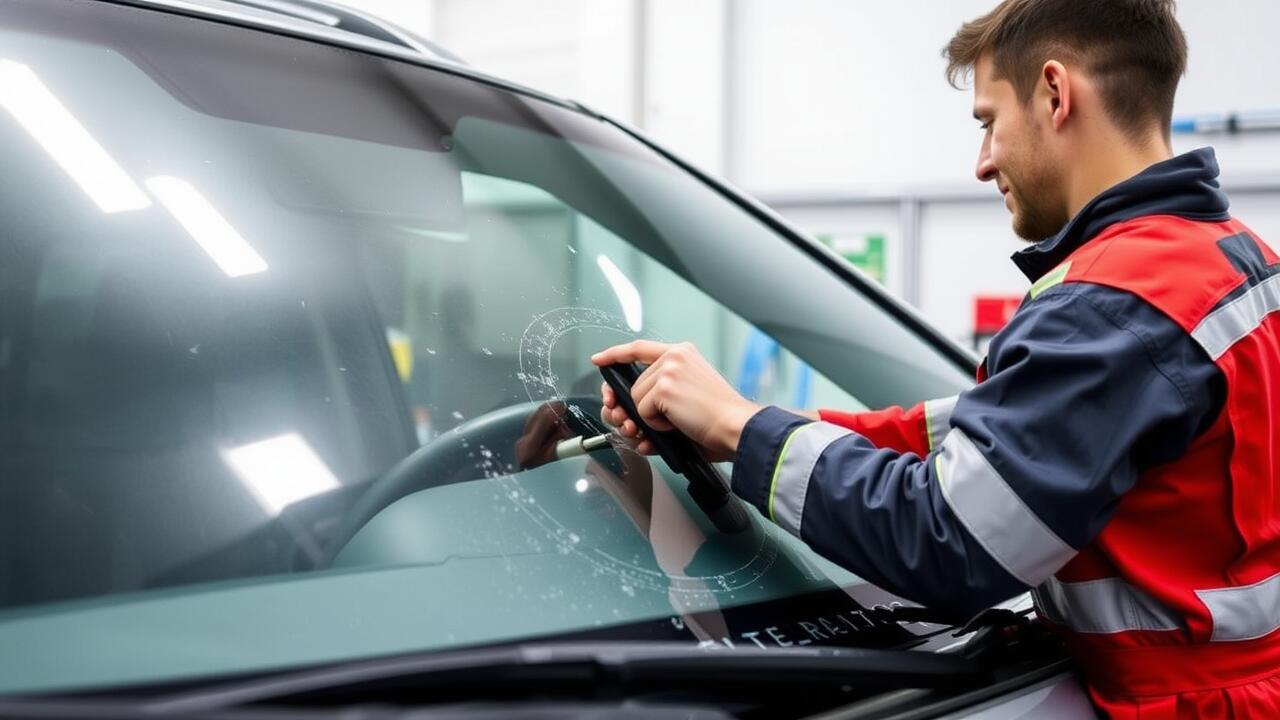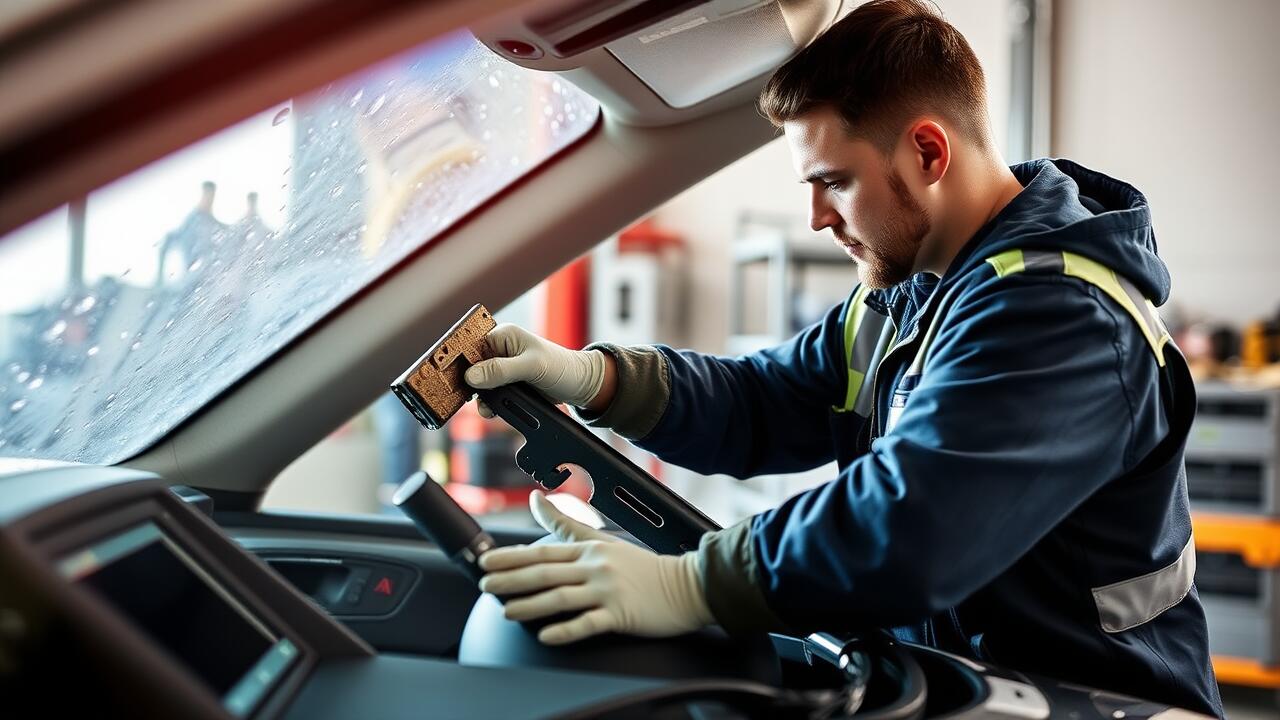
Table Of Contents
Wind and Its Influence on Repair Techniques
Wind plays a significant role in the effectiveness of windshield repair techniques. High winds can create challenges for technicians, as they may disturb the application of resin or adhesive used in the repair process. This disruption can lead to improper bonding and ultimately compromise the repair quality. Wind can also introduce debris and dust into the repair area, which poses a risk of contamination and weakening the end result.
In gusty conditions, technicians often have to adapt their methods to ensure a successful repair. Using protective covers can help safeguard the work area from airborne particles. Additionally, they may choose to delay repairs until wind speeds decrease, which ensures that the process is conducted under optimal conditions. The impact of wind on windshield repair emphasizes the importance of monitoring weather conditions prior to performing any work.
Challenges Faced During Gusty Conditions
Repairing a windshield during gusty conditions poses several challenges for technicians. Strong winds can introduce dust and debris into the repair area, which may hinder proper adhesion of the repair materials. Increased movement in the air can also create an unstable environment for the technician, making precise application more difficult. These conditions risk compromising the integrity of the repair, potentially leading to a less effective solution.
Furthermore, gusty weather can affect the curing time of the resin used in windshield repair. Wind can cool down the repair site, resulting in prolonged curing times and possibly incomplete hardening of the material. Inadequate curing can lead to premature failure of the repair, requiring additional visits and expenses for vehicle owners. Awareness of these factors can help drivers make informed decisions about when to schedule their windshield repairs.
Seasonal Changes and Their Impact on Windshield Repair
Seasonal changes can significantly impact the effectiveness of windshield repair. Cold temperatures can slow down the curing process of the resin used in repairs, leading to weaker bonds. Conversely, high temperatures may cause the resin to cure too quickly, which can compromise the repair quality. Conditions such as rain or snow can also hinder the application process, making it difficult for technicians to achieve optimal results. For these reasons, scheduling repairs during temperate months often yields the best outcomes.
Different seasons present unique challenges for windshield repair materials. In winter, the cold can cause glass to contract, creating stress on already damaged areas. Summer heat can lead to rapid expansion, further complicating the integrity of the repair. Additionally, during transition periods such as fall and spring, fluctuating temperatures can affect how well the repair materials adhere to the windshield surface. Understanding these seasonal impacts is crucial for maintaining the longevity and reliability of windshield repair.
How Different Seasons Affect Repair Materials
The effectiveness of windshield repair materials is significantly influenced by seasonal changes. In winter, colder temperatures can hinder the curing process of epoxy and resin used in repairs. This can lead to incomplete bonding, resulting in reduced durability and longevity of the repair. Additionally, the presence of moisture and potential freezing conditions may further complicate the application of repair materials, making it imperative for technicians to consider these aspects during colder months.
Summer presents its own set of challenges, particularly with heat exposure. High temperatures can accelerate the curing process, which may seem advantageous at first, but can also lead to premature hardening. This might cause stress on the windshield, potentially resulting in cracks or the repair not forming a strong bond. Moreover, UV rays can degrade certain repair materials over time, impacting their effectiveness and lifespan. Understanding these seasonal impacts allows technicians to select the appropriate materials for windshield repair.
Driving Conditions Post-Repair and Their Role
Driving conditions after a windshield repair play a crucial role in determining the effectiveness and longevity of the fix. Harsh weather, like heavy rain or extreme temperatures, can put additional stress on a newly repaired windshield. These factors may cause the adhesive to cure improperly or lead to further damage if the repair is not adequately protected. Drivers need to exercise caution and avoid rough roads or aggressive driving maneuvers during this critical period to ensure the repair maintains its integrity.
The state of the roads also influences how long a windshield repair will last. Bumpy surfaces can create vibrations that may compromise the quality of the repair. Moreover, frequent exposure to debris or rocks can lead to new chips or cracks, undermining the effectiveness of earlier work. For the best outcomes, it's advisable for drivers to be mindful of their surroundings and prioritize gentle driving for some time after a windshield repair.
Best Practices for Protecting Your Repair
After completing a windshield repair, it's crucial to take specific steps to ensure the longevity of the fix. Avoid driving for at least an hour post-repair, allowing the adhesive ample time to bond effectively. Parking the vehicle in a shaded area can also help, as direct sunlight may cause the materials to cure too quickly, compromising the integrity of the repair. Keeping windows closed prevents any debris from entering the area and protects the repair from unnecessary exposure.
It’s important to monitor the repaired area for any signs of damage. Regularly inspect the windshield for cracks or chips that may reform. If any issues are detected, addressing them promptly can prevent further complications. Additionally, using a gentle car wash method is advisable. High-pressure sprays can weaken the bond of the repair, leading to potential failures. Practicing these methods can significantly enhance the durability of your windshield repair.
FAQS
How do windy conditions affect windshield repair techniques?
Wind can create challenges during windshield repair by introducing debris and affecting the curing process of repair materials, which can ultimately influence the effectiveness and longevity of the repair.
What specific challenges do gusty conditions pose during windshield repair?
Gusty conditions can lead to difficulties in maintaining a clean working area, increase the risk of damaging the repair site, and hinder the proper application of adhesive materials, all of which can compromise the quality of the repair.
How do seasonal changes impact windshield repair?
Seasonal changes can affect temperature and humidity levels, which in turn can alter the curing times and effectiveness of the repair materials used, making it essential to consider the season when scheduling repairs.
How do different seasons affect the materials used for windshield repair?
In colder months, certain adhesives may not cure effectively at low temperatures, while in warmer months, the heat can accelerate curing times, potentially leading to a less durable repair if not managed correctly.
What are the best practices for protecting a windshield repair after it has been completed?
To ensure the longevity of a windshield repair, it's advisable to avoid extreme temperature fluctuations, refrain from washing the vehicle for at least 24 hours, and park the vehicle in a sheltered location whenever possible.

































